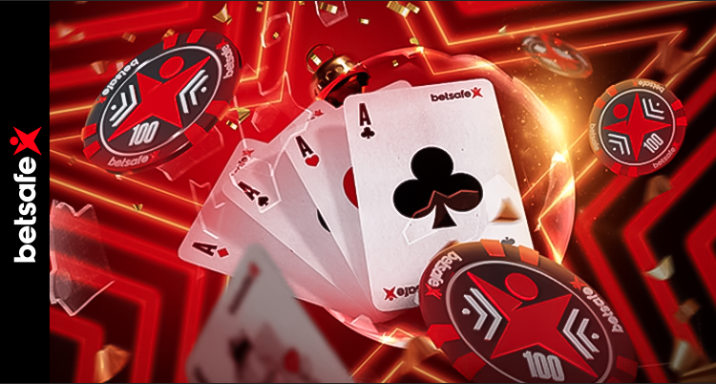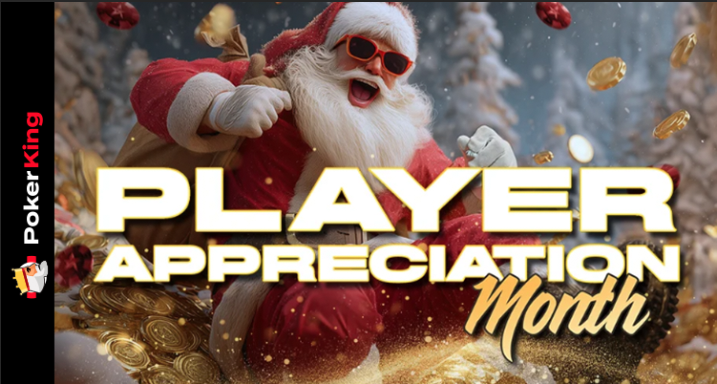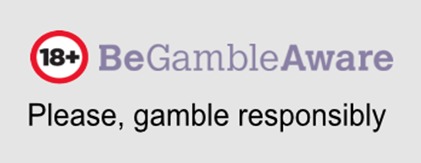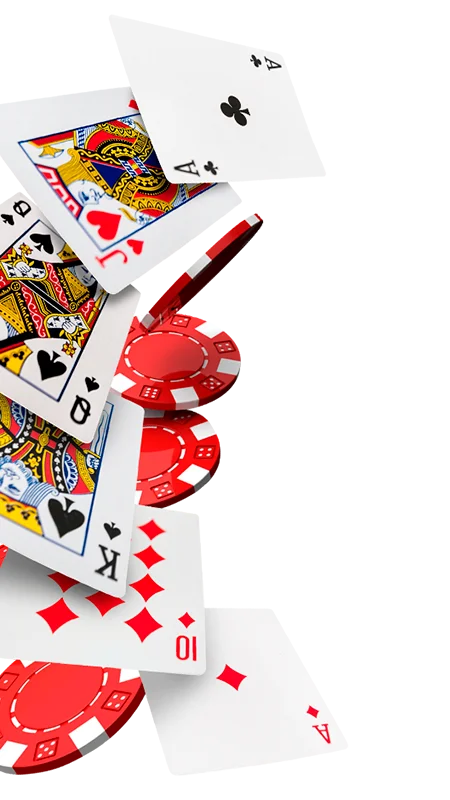
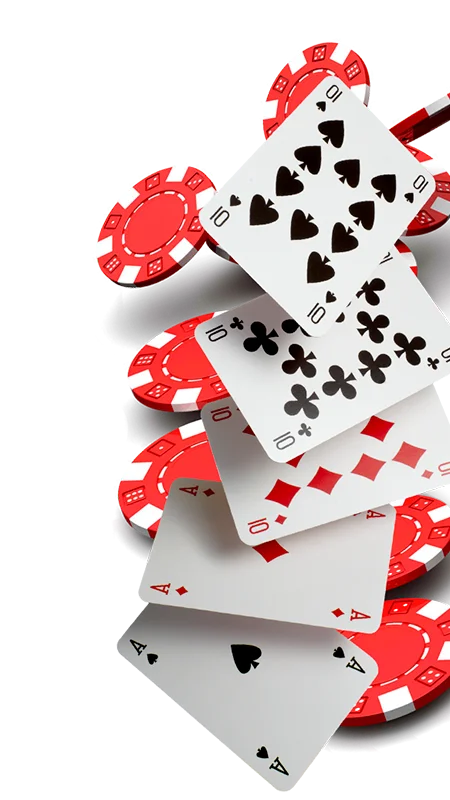
Texas Hold'em Shorthanded Part III: How the game plays on the turn and river
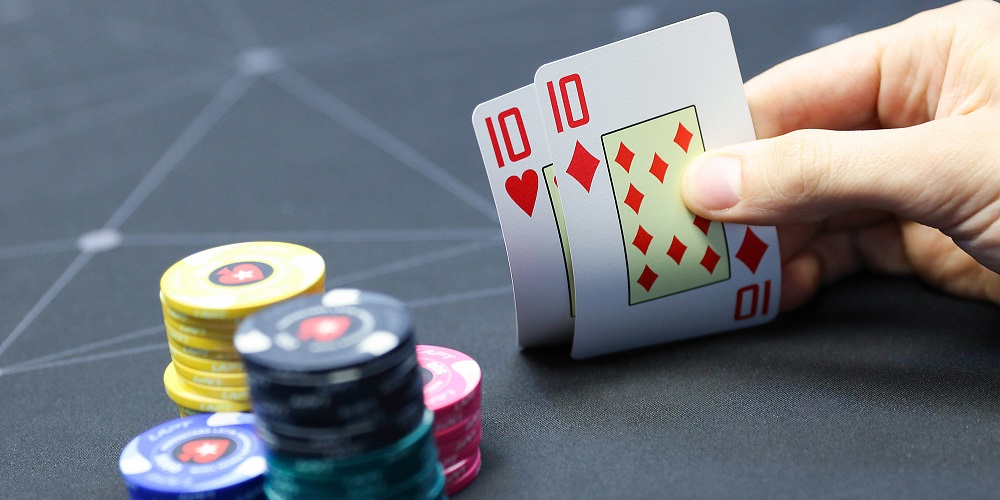
The turn is a critical part of the game
because, at this point, we must be clear whether we are going all the way or
not. No more half measures, no more "see a card, see what happens". That
mentality is a looser's mentality. Either you go all the way or you leave
the cards.
For "see a card, see what happens"
there's the preflop and the flop. There, the bets are cheaper and it
pays to try to get useful information. Not on the turn, where a bad move can be
costly.
To play well on the turn, you need to be clear about a series of guidelines depending on the position you are in, so we are going to analyze what the turn is like in short, medium and late positions.
Turn in shorthanded poker:
early and middle positions
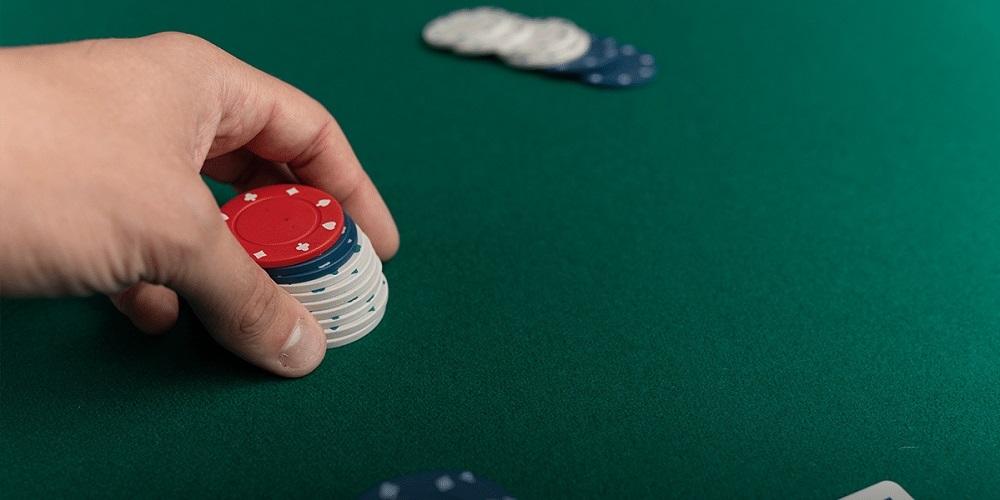
The turn in 6-max poker can become a very dangerous
game, especially
with medium-strong hands. Raising has to be very justified. Doing it for the
sake of doing it doesn't suit us at all, we will be exposing ourselves and our
play will be going nowhere.
If we have strong hands, we can go all in
and go all the way. But the question is whether we can finish our project
and tie the hand.
It may be that we get to the turn having hit
the flop, assuming our hand is the best; it may be that we are playing against someone
who is project-focused, who never raises, or against a professional who is
really messing with us.
It could also be that we hit on the flop and get raised. This would mean the end of our game.
Turn in Shorthanded Hold'em: late positions
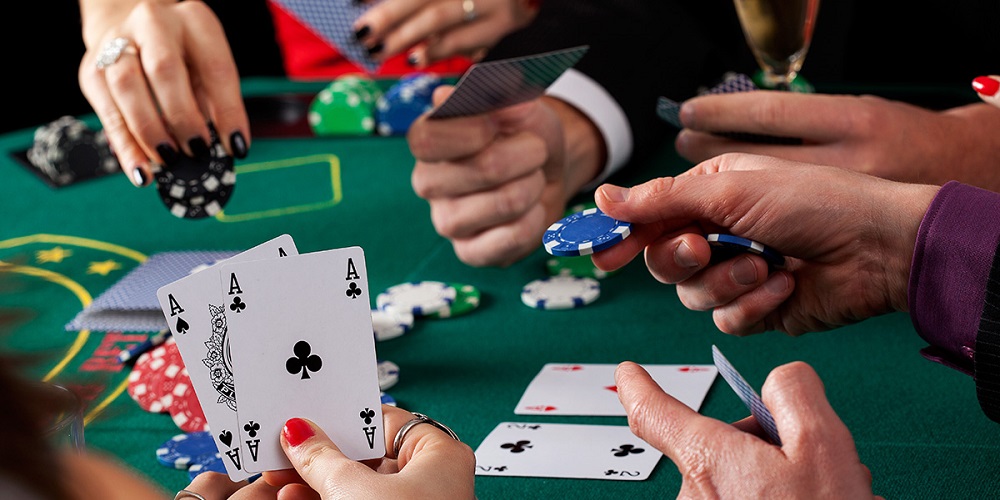
The turn in shorthanded poker should be focused
on a single objective: that the opponents check to us. If the pot is a
multiplayer pot and we have a draft, we will be obliged to hit. And if,
despite having played aggressively from late positions, they bet against us, it
depends: you will have to call if you have calculated that you have the odds;
if not, you have to fold.
But not everything is black and white, you
may not see it clearly. In those cases, what do we choose: free card? free
showdown? The free card or free showdown is a perfect resource for calling stations,
those who don't discard during the turn, but throw their cards in on the river
if they don't manage to hit the play they wanted.
Free showdowns are best for the "weak
tights", the players who seem to always be playing with an instruction
manual by their side, but always have the odds in their favour. These players
will rarely see a big bet if they don't realize they have the best play.
In free showdown, you bet on the turn (giving everyone else a chance to fold) and don't bet on the showdown. It's a move that makes sense, as long as you have a project in the pipeline, but you're not convinced it's the best one. It's a bit like throwing a rock and hiding your hand, a move that may seem cowardly but makes sense because it allows you to go for the river and protect your stack at the last moment.
About the turn raise in a shorthanded game
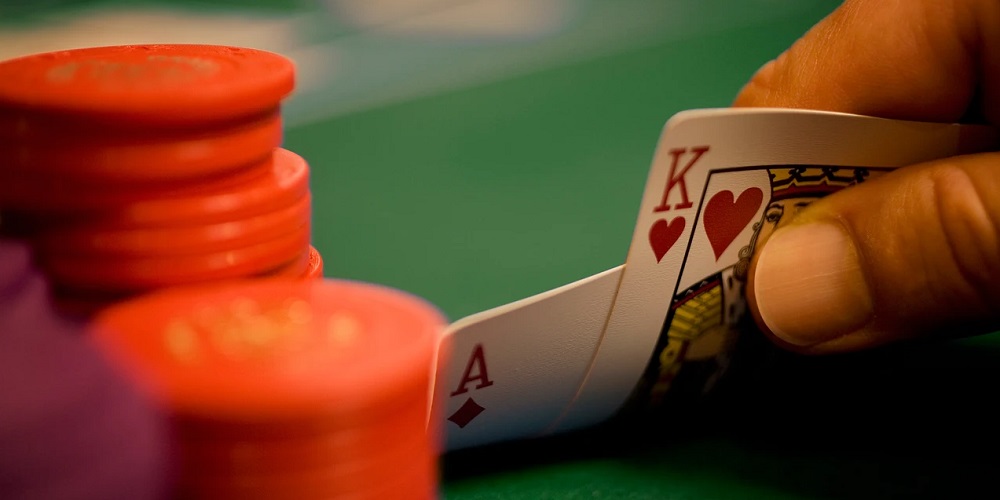
If we talk about the free showdown in a 6-max
poker game, we have to talk about the turn raise. It is a twist on the free
showdown, a tool that takes us down the same path in search of seeing the
showdown without costing us money, and at the same time avoiding making
decisions that will harm us or leave us in a compromised position on the river.
Why make a turn raise? Because we can make
better hands than ours give up if we can make them doubt themselves. If
there is a dangerous combination on the table, we can play that trick to make
them fold, paving the way for our game. We may be able to win with a weaker
hand, but if we stay in the game, it will be ours.
If you have pairs, it is advisable to go all
the way almost every time. Imagine you have the second best pair at the table
and we reach the end. This is precisely the moment to play, because we
can give the opponent the option to leave if we raise, which can be very good
for us if he is not seeing his game clearly.
If we have a project, it is almost always best
to bet the maximum on the turn, as projects are more profitable at this
stage. Playing half bluffs can be a good move, since the game here is
aggressive, and half bluffs are precisely aggressive plays.
We can also make our opponents fold by protecting our hand. Although in a full-ring game the turn raise is used to reduce the number of players in a hand and put the stats on our side, in 6-max poker we can make the best hands fold or play erratically, and either option is good for us.
The river in shorthanded poker: key points
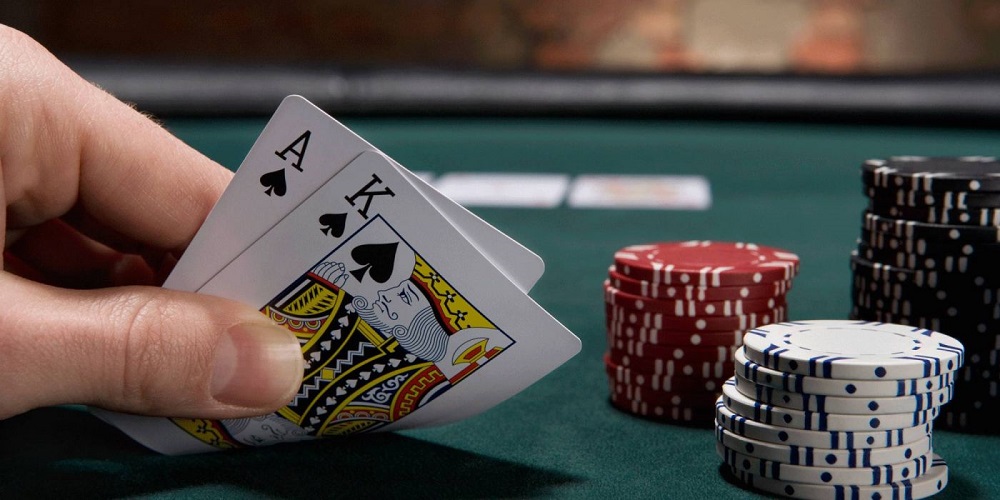
The turn and river in shorthanded poker are two
crucial moments. We've already talked about the turn, so let's move on to the
last phase of the round. The river in 6-max poker is the moment when everything
comes rushing in, so hold on. The pot is likely to be big enough to see
almost any bet. Only the pot will have been small if the predominant play
throughout the game has been passive.
Let's imagine that we are hitting and when we
get to the river a blank falls. Blanks are irrelevant cards. If they
appear, you have to bet. Obviously, if we manage to complete our project, we
will bet. And we will also bet if the card that falls is potentially necessary
to complete another player's project.
The key on the river is always to bet. Why?
Because failing to bet on the river will mean that we end up losing many
interesting opportunities to win a big blind. If we get raised, we will
only lose that BB, but statistics work in your favour here, because the rule
says that, by following this game, you will end up winning more BBs than you
lose.
With this strategy you will also be able to
mislead your opponents. Your speed of play will disorientate them, probably
catching them off guard. You may be able to win one bigger blind with the
check-raise technique, but with the check raise you won't get the respect that
you will be gaining with your play, preventing them from raising lightly,
and that benefits you more than adding one more blind.
You may also like
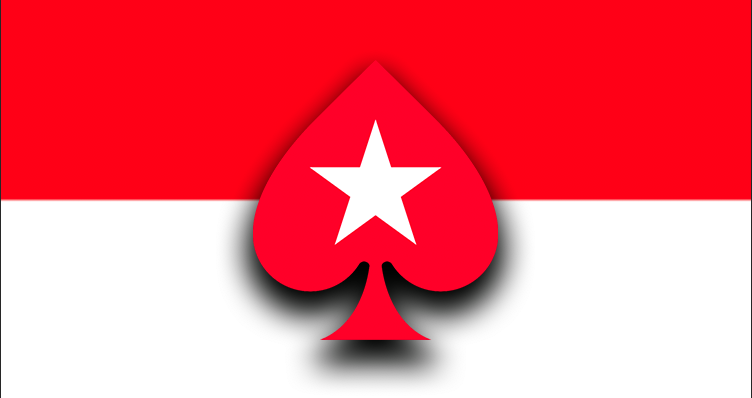
PokerStars to Exit Poland
PokerStars to Exit Poland on MarchPokerStars to Cease Operations in Poland on March 27th, 2025In a recent announcement, PokerStars confirmed its withdrawal from the Polish market, with the officia...
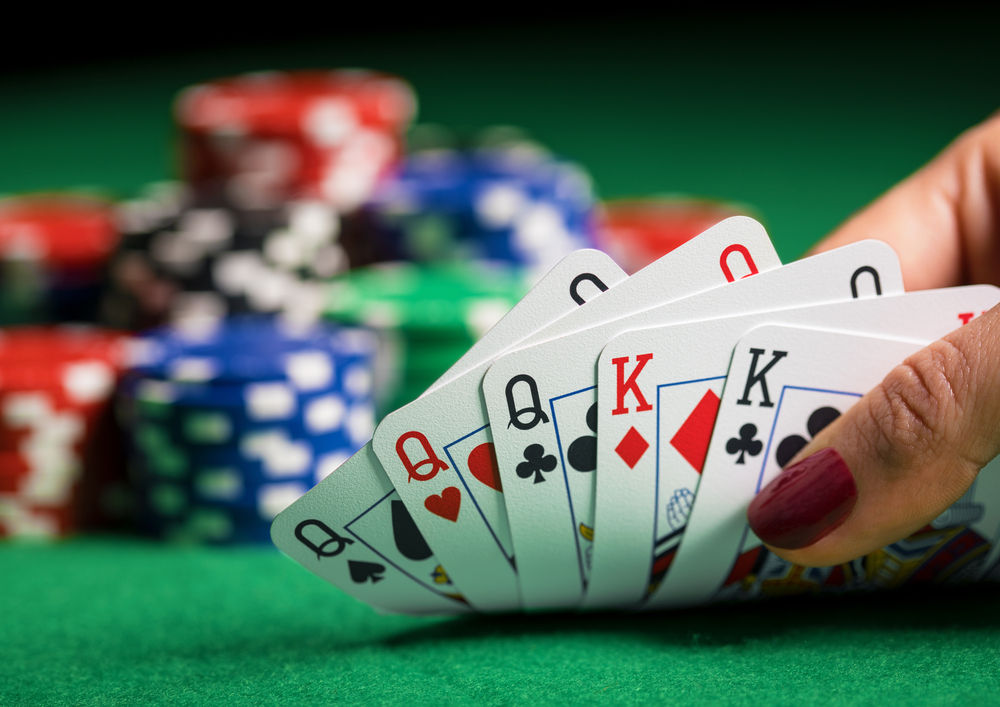
Qué es UTG en póker y cómo se consigue
To understand what UTG is, the best thing to do is to know the meaning of its acronym. UTG stands for "Under The Gun". If we want to translate the term we can realize that the meaning would be "the...
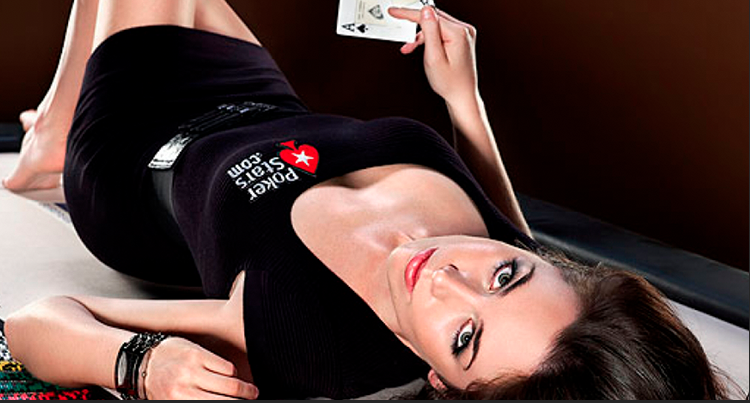
The Most Influential Women in Texas Hold'em Poker History
THE BEST FEMALE TEXAS HOLD'EM POKER PLAYERS WHO HAVE MADE POKER HISTORYIn the world of Texas Hold'em poker, women have made a significant mark, proving that the game is not exclusively for men. Her...





